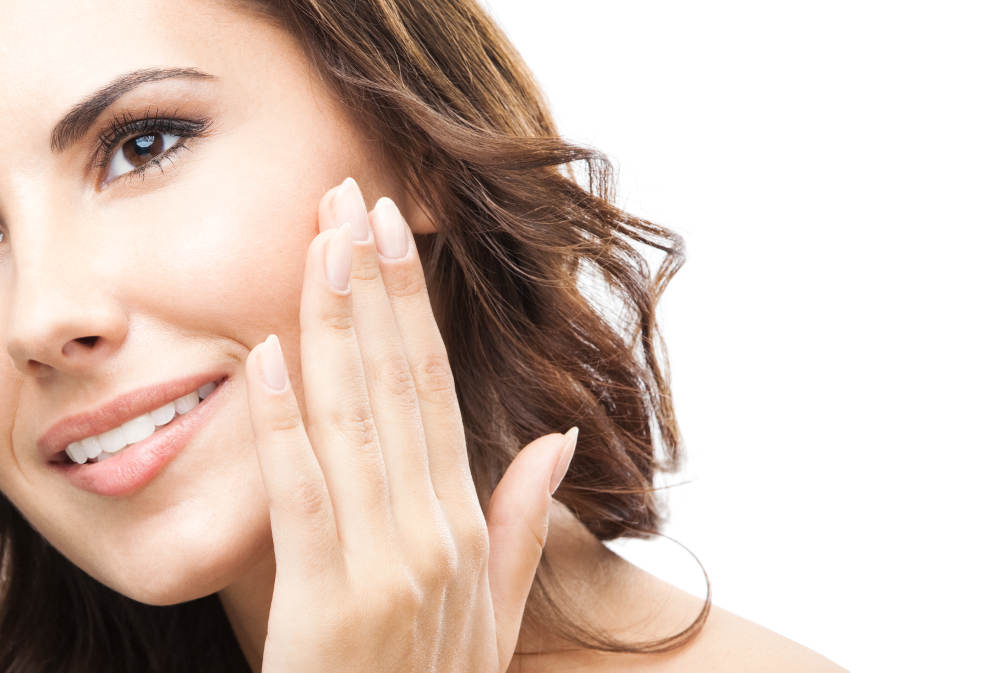
Fat grafting, also known as fat transfer, can be done in many different areas of the body to increase volume and improve shape. For example, it is commonly performed on the buttocks in place of a traditional buttocks augmentation. However, skilled cosmetic surgeons can perform fat grafting on the face to improve the tone and texture of the skin.
Address Symptoms of Aging
Volume loss in the face is seen to be one of the main issues with aging. Collagen loss leads to sagging skin, lean cheeks, and drooping jowls. Fat grafting can improve the look of creased or sunken skin and can provide more of a permanent solution when compared to temporary fillers.
However, fat grafting for the face is not only used for aging. It can also be used for individuals who are not happy with the shape of their cheeks or chin and wish to see a plumper, rounder look.
Beneficial Effects of Fat Grafting Cosmetic Procedures
Other than the cheeks and chin, the most commonly treated areas of the face for fat grafting include the forehead, the area between the eyebrows and the area below the eyes. It can also be used between the mouth and the nose to fill in marionette lines. In cases of sunken tissues or scarring, it can be used almost anywhere it is needed on the face or the neck.
Depending on the surgeon, the patient and the area being treated, fat reabsorption may be anywhere from 20 to 95 percent. Therefore, some patients may see the best results by returning for a second fat grafting several weeks following the first appointment. This will help ensure that they see the results they want.




